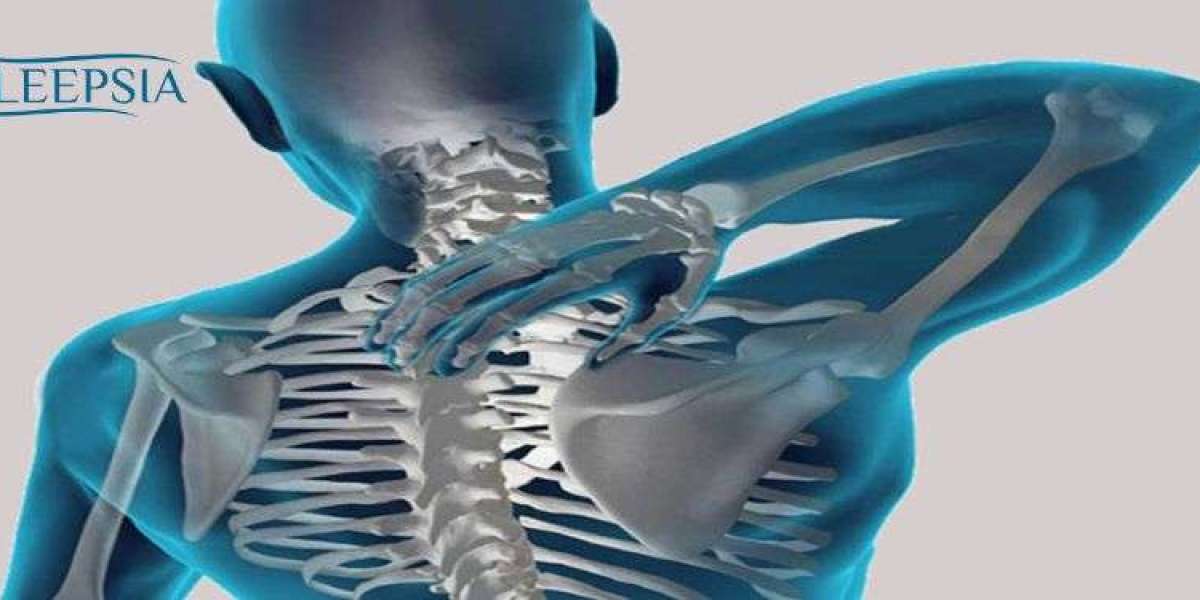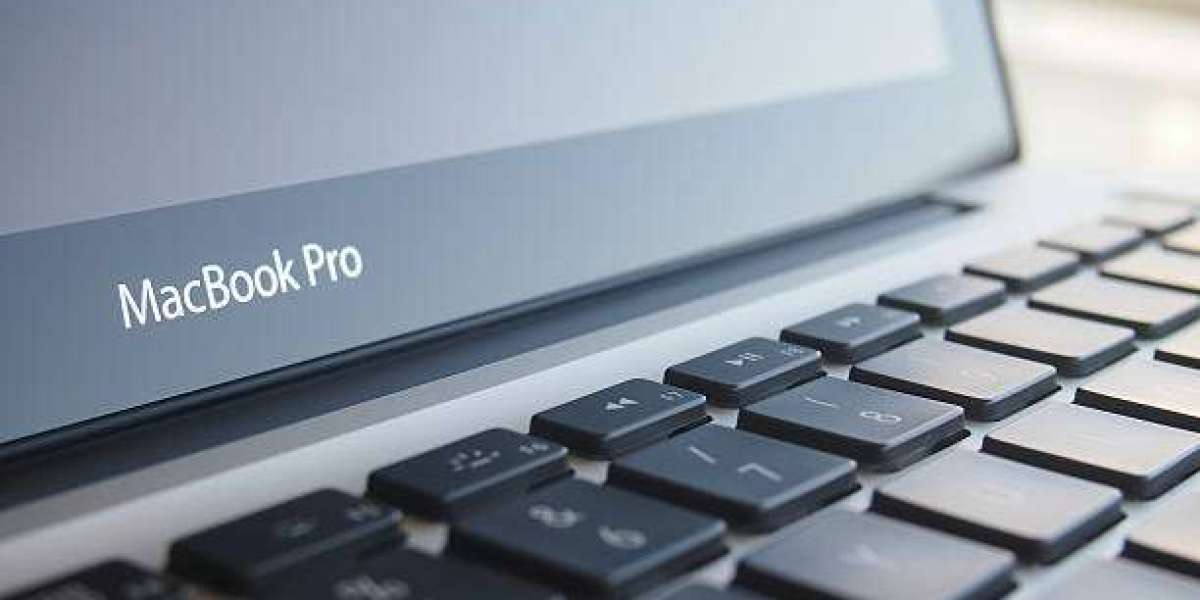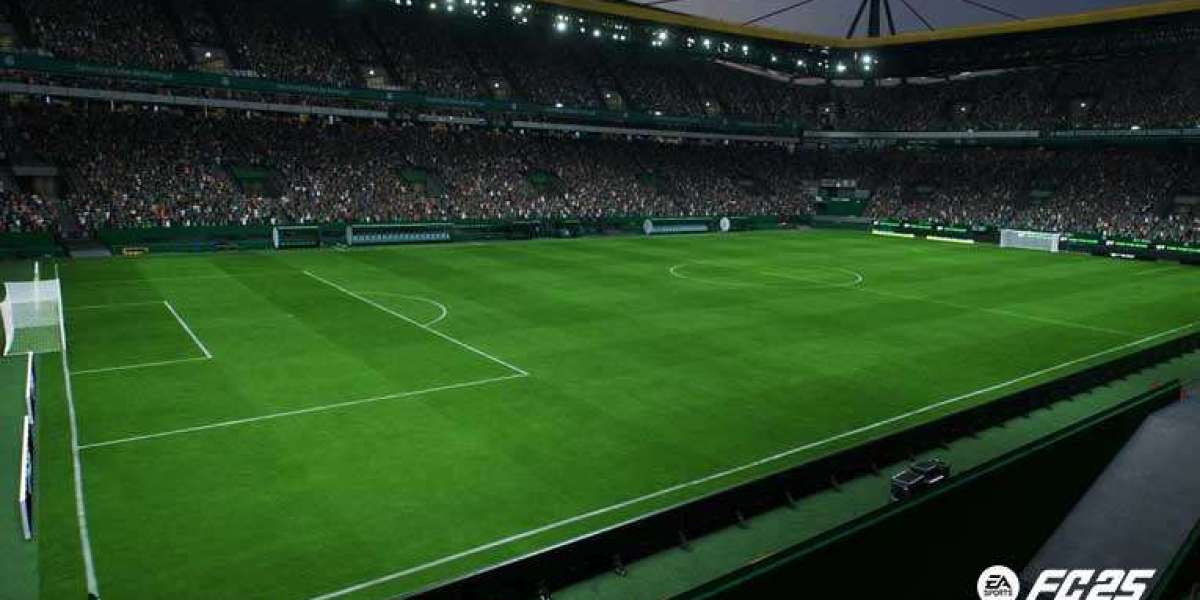Do you know someone who has a sideways curvature of the spine? Chances are, they might be dealing with scoliosis. This common condition affects millions worldwide, but many still question what it is and how it can be managed. In this blog post, we will delve into the world of scoliosis - exploring its types, causes, symptoms, treatment options, and more. So grab a seat and let's straighten out the facts about scoliosis together!
What is Scoliosis
Scoliosis is a musculoskeletal disorder characterized by an abnormal sideways curvature of the spine. Instead of the spine appearing straight when viewed from behind, it may curve to the left or right, resembling an "S" or "C" shape. This condition can develop at any age but is most commonly diagnosed during adolescence when growth spurts occur.
The severity of scoliosis can vary widely - from mild cases that may not cause significant issues to more severe curves that can impact posture, mobility, and even organ function. Monitoring and managing scoliosis early on is essential to prevent potential complications later in life.
While the exact cause of most scoliosis cases remains unknown (repetitive words), genetics, neuromuscular conditions, or congenital disabilities may contribute to its development. Regular screenings and timely intervention play a crucial role in addressing scoliosis effectively.
Types of Scoliosis
Scoliosis can manifest in various forms, each with its unique characteristics. The main types of scoliosis include idiopathic scoliosis, which is the most common type and has no known cause. This form often develops during adolescence and can progress as the individual grows.
Another type is congenital scoliosis, which occurs due to abnormal spinal development before birth. This condition may result from issues like malformed vertebrae or fused ribs.
Neuromuscular scoliosis is linked to conditions affecting the muscles or nerves, such as cerebral palsy or muscular dystrophy. These underlying conditions contribute to the curvature of the spine.
Degenerative scoliosis typically affects older adults and stems from changes in the spine's structure over time. It is often associated with conditions like osteoporosis or arthritis that weaken the spine.
Functional scoliosis is caused by external factors like muscle spasms or differences in leg length, leading to a temporary curvature of the spine that resolves once these issues are addressed.
Common Causes of Scoliosis
Scoliosis can develop for various reasons, with some cases having no known cause. One common type is idiopathic scoliosis, which typically appears during growth spurts in adolescence. This form often occurs without a clear cause but may have genetic links.
Another cause of scoliosis is congenital, where the spine develops abnormally before birth. Neuromuscular conditions like cerebral palsy or muscular dystrophy can also lead to scoliosis due to muscle weakness or paralysis affecting spinal support.
Degenerative scoliosis tends to occur in older adults as the spine's disks and joints deteriorate over time. Injuries or infections that affect the spine can also contribute to the development of scoliosis.
Understanding the potential causes of scoliosis is crucial for early detection and appropriate treatment tailored to each individual's needs.
Symptoms and Signs of Scoliosis
Scoliosis, a condition characterized by an abnormal sideways curvature of the spine, can manifest through various symptoms and signs. One common indicator is uneven shoulders where one shoulder blade may appear more prominent than the other. Additionally, an uneven waist or hips may be noticeable, causing clothing to fit asymmetrically.
Individuals with scoliosis might experience back pain or discomfort due to the strain on muscles supporting the spine. As the condition progresses, some may notice changes in posture or gait as their body adjusts to accommodate the spinal curve.
In more severe cases of scoliosis, breathing difficulties can arise as lung capacity decreases from restricted space within the chest cavity. It's essential to pay attention to any visible asymmetry in your body and consult a healthcare professional if you suspect scoliosis based on these signs and symptoms.
Diagnosing Scoliosis
Diagnosing Scoliosis involves a series of steps to accurately determine the presence and severity of the condition. The process typically begins with a physical examination where the healthcare provider assesses the curvature of the spine by asking the individual to bend forward.
In addition to this, imaging tests such as X-rays are commonly used to confirm the diagnosis and evaluate the extent of spinal curvature. These images provide detailed information that helps in planning an appropriate treatment strategy.
Moreover, in some cases, other diagnostic tools like MRI or CT scans may be utilized to further assess any potential complications or underlying causes contributing to scoliosis. Early detection through thorough diagnostic procedures is crucial for the timely intervention and management of scoliosis.
Obtaining an accurate diagnosis is essential for developing a personalized treatment plan tailored to address each individual's unique needs and condition.
Treatment Options for Scoliosis
When it comes to treating scoliosis, the approach varies depending on the severity of the condition. In mild cases, monitoring may be all that's needed to ensure the spine's curve doesn't worsen over time. For more moderate cases, physical therapy and exercises focusing on strengthening core muscles can help improve posture and reduce discomfort.
In some instances, bracing may be recommended for adolescents who are still growing to prevent further curvature of the spine. The brace is custom-fitted and worn for a set number of hours each day. Surgical intervention is typically considered a last resort for severe cases where other treatments have not been effective or when scoliosis continues to progress despite non-surgical interventions.
Surgery involves correcting the curvature through spinal fusion or implanting rods to straighten and stabilize the spine. It's important to consult with a healthcare professional specialized in scoliosis treatment to determine which option is best suited for individual needs.
Prevention and Management Techniques
Maintaining a healthy lifestyle is key to preventing the progression of scoliosis. Regular exercise, particularly focusing on strengthening core muscles, can help support the spine and improve posture. Avoiding activities that put excessive strain on the back is also essential to prevent worsening of the condition.
For those already diagnosed with scoliosis, management techniques may include physical therapy to improve muscle strength and flexibility. In some cases, bracing may be recommended by healthcare professionals to prevent further curvature of the spine during growth spurts in children and adolescents.
Regular monitoring by a medical team specialized in spinal conditions is crucial for tracking any changes in the curvature of the spine. This allows for timely adjustments to treatment plans if needed. Additionally, maintaining good posture and body mechanics can help alleviate discomfort associated with scoliosis.
By staying proactive with preventive measures such as proper ergonomics at work or school, individuals with scoliosis can better manage their condition and maintain overall spinal health over time.
Living with Scoliosis: Coping Strategies and Support Systems
Living with scoliosis can present challenges, but there are coping strategies and support systems available to help navigate this condition. It's important to maintain a positive mindset and stay connected with others who understand your journey. Finding a supportive community or joining a support group can provide encouragement and valuable insights.
Engaging in low-impact exercises like swimming or yoga can help strengthen the muscles supporting the spine and improve flexibility. Physical therapy tailored to your specific needs may also be beneficial in managing discomfort and enhancing mobility. Additionally, practicing good posture habits and using ergonomic aids when needed can alleviate strain on the spine.
Seeking counseling or therapy can aid in addressing any emotional struggles that may arise from living with scoliosis. Remember, it's okay to ask for help when needed, whether it's from healthcare professionals, family members, or friends. Embracing self-care practices such as mindfulness techniques or hobbies you enjoy can contribute to overall well-being amidst the challenges of scoliosis.
Importance of Early Detection and Treatment
Early detection and treatment of scoliosis are crucial in preventing the progression of this condition. By identifying scoliosis early on, healthcare providers can implement appropriate interventions to help manage the curvature of the spine effectively.
Regular screenings for scoliosis, especially during adolescence when growth spurts occur, can aid in catching any spinal abnormalities at an early stage. Early detection allows for non-invasive treatments like bracing or physical therapy to be more effective in controlling the curve's progression.
When left untreated, scoliosis can worsen over time, leading to severe complications such as lung and heart problems due to pressure on these organs from a distorted spine. Timely intervention through monitoring and treatment minimizes the risk of these complications and improves the overall quality of life for individuals with scoliosis.
Incorporating routine check-ups with healthcare professionals can ensure that any signs of scoliosis are promptly addressed, providing better outcomes for those affected by this condition. Early detection is key to managing scoliosis successfully and preserving spinal health in the long run.
Conclusion
In the journey of understanding scoliosis, we have explored its various aspects – from types and causes to symptoms, diagnosis, treatment options, and management techniques. It's crucial to be aware of the signs so early detection can lead to timely intervention. Living with scoliosis may present challenges but with proper support systems and coping strategies in place, individuals can thrive.
The importance of spreading awareness about scoliosis cannot be overstated. By educating ourselves and others about this condition, we contribute to a more informed society that can provide better care for those affected by it. Remember that each person's experience with scoliosis is unique; therefore, personalized treatment plans are essential for optimal outcomes.
As we continue our quest for knowledge on scoliosis, let us remain vigilant in recognizing its impact on individuals' lives and advocating for early detection and effective treatment methods. Stay informed, stay supportive!
FAQs
Q: Can scoliosis be cured completely?
A: While there is no absolute cure for scoliosis, early detection and appropriate treatment can help manage the condition effectively.
Q: Is surgery the only option for treating severe scoliosis?
A: Surgery is typically recommended for severe cases of scoliosis that do not respond to other forms of treatment. However, non-surgical options like bracing and physical therapy are also commonly used.
Q: Can adults develop scoliosis?
A: Yes, although scoliosis is most commonly diagnosed in adolescents, it can also develop in adults due to factors like degenerative changes in the spine or untreated childhood scoliosis.
Q: How often should individuals with scoliosis have follow-up appointments?
A: The frequency of follow-up appointments will vary depending on the severity of the curvature and the chosen treatment plan. It's essential to work closely with healthcare providers to establish an appropriate follow-up schedule.







